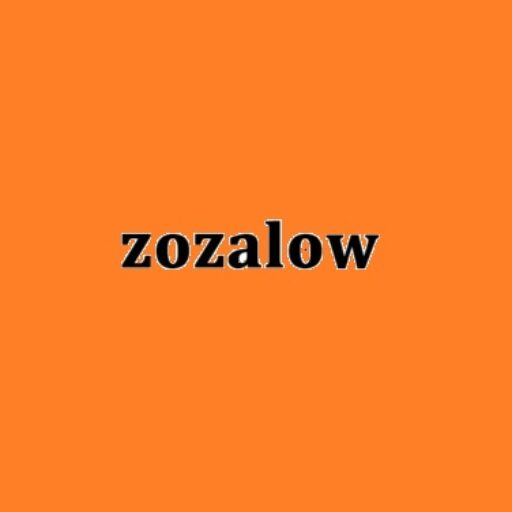In the fast-paced world of education, the act of publishing holds a pivotal role in shaping the way students learn. Educators and institutions are constantly seeking new and innovative ways to create, distribute, and access educational content. The journey of publishing for learning involves more than just textbooks; it’s a multifaceted approach aimed at enhancing the learning experience.
The Power of Publishing in Education
When we talk about publishing in the context of education, we’re not only referring to traditional book publishing. It encompasses a broad spectrum of materials that can facilitate learning. From textbooks to e-books, digital resources to interactive platforms, educators are tapping into the transformative power of publishing to provide students with an enriching educational experience.
Diverse Forms of Educational Publishing
1. Textbooks: The Timeless Source
Textbooks have been the backbone of education for centuries. They provide structured information and knowledge that serves as a foundation for various subjects and curricula. Educators can explore “book publishers near me” to find the most suitable resources for their classrooms.
2. E-books: Embracing the Digital Age
With the advent of technology, e-books have become increasingly popular. They offer portability, accessibility, and interactivity. E-books are not just digital replicas of print books; they include multimedia elements, interactive quizzes, and real-time updates.
3. Online Courses and Learning Management Systems
Publishing extends beyond static materials. Educators are creating dynamic online courses and utilizing learning management systems to deliver content. These platforms enable students to engage with learning materials at their own pace, enhancing comprehension and retention.
4. Open Educational Resources (OER)
The concept of OER is revolutionizing the publishing landscape in education. OER provides free access to educational content, making learning resources more equitable and affordable. It allows educators to adapt and customize materials to suit their specific needs.
The Role of a Foil Character in Education
Before diving deeper into the various forms of educational publishing, let’s take a moment to explore the concept of a “foil character.” In literature, a foil character is one who contrasts with another character, often the protagonist, to highlight particular qualities, traits, or themes. In the realm of education, the role of a foil character is akin to a well-designed teaching tool or method that complements the primary instructional strategy.
The Journey of Educational Publishing
Educators embarking on the journey of educational publishing should consider the following key steps:
1. Identifying Learning Objectives
Before publication, it’s essential to have a clear understanding of the learning objectives. What knowledge or skills are you aiming to impart? Knowing this will help shape the content and resources you create.
2. Content Creation
This step involves the actual creation of educational materials. Depending on your goals, it could involve writing textbooks, designing e-learning modules, or curating open educational resources.
3. Quality Assurance
Ensure that the materials meet high educational standards. Proofreading, editing, and expert review are crucial to maintain quality.
4. Accessibility and Distribution
Make sure that the content is accessible to all students, regardless of their needs or circumstances. Consider digital formats and platforms that allow for easy distribution.
5. Continuous Improvement
The world of education is ever-evolving. Continuously gather feedback from students and educators to enhance your publishing efforts.
Bursting with Opportunities
Educational publishing is bursting with opportunities for both educators and students. It allows educators to tailor their teaching materials to meet the unique needs of their students. Students, on the other hand, benefit from a rich variety of learning resources that engage and inspire them.
Conclusion
Publishing for learning is an ever-evolving roadmap for educators. It involves a dynamic range of resources, from traditional textbooks to innovative digital platforms. Educators must embrace the concept of a foil character in their teaching methods, introducing contrast and depth to the learning experience. As we continue on this journey, educational publishing will remain a key driver in shaping the future of education.
FAQs
1. What is the role of a foil character in education?
In education, a foil character is a teaching tool or method that contrasts with the primary instructional strategy, highlighting specific qualities or themes. It adds depth and variety to the learning experience.
2. How can educators find suitable book publishers near them?
Educators can search for “book publishers near me” online, which will provide a list of publishers in their local area. They can also consult educational institutions and professional networks for recommendations.
3. What are Open Educational Resources (OER), and how do they impact educational publishing?
Open Educational Resources (OER) are freely accessible educational materials that can be used, adapted, and shared. They are transforming educational publishing by providing cost-effective and customizable learning resources.
4. Why is quality assurance important in educational publishing?
Quality assurance ensures that educational materials meet high standards, are free from errors, and are effective in facilitating learning. It’s crucial to maintain the integrity and credibility of educational content.
5. How can educators gather feedback for continuous improvement in their publishing efforts?
Educators can gather feedback through surveys, classroom discussions, and online forums. They can also engage with colleagues and educational experts to gain insights for enhancing their publishing initiatives.
For more information you can also visit the home page for the website: https://zozalow.com/
